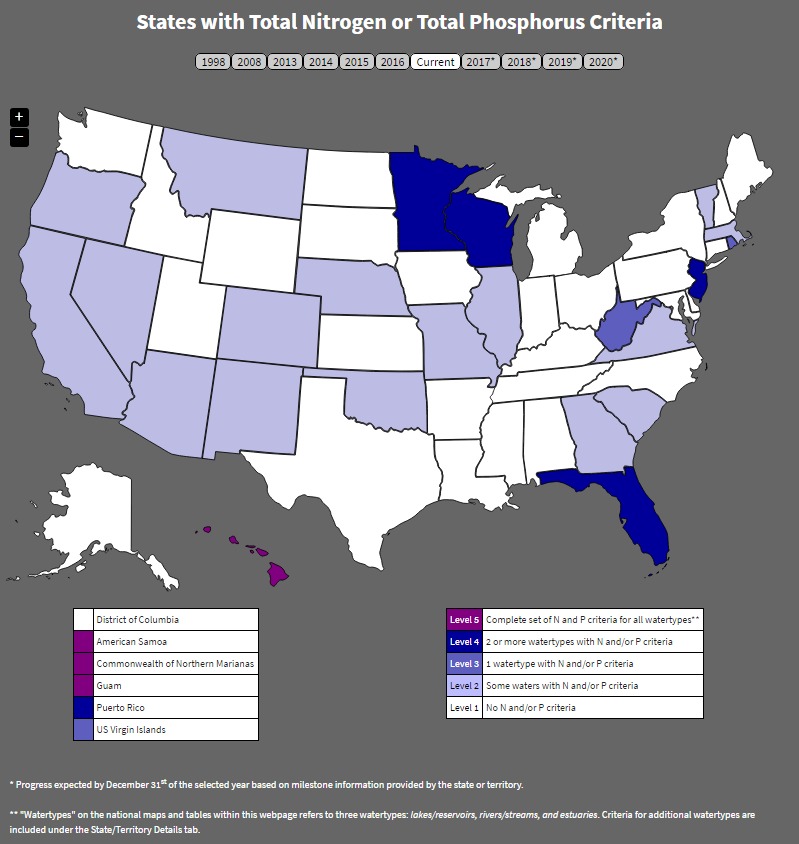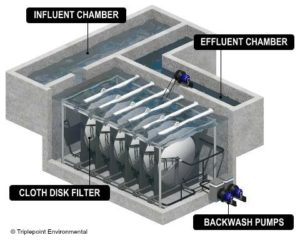Nutrient removal is one of the most pressing challenges facing lagoon operators. In this episode of Lagoons Do It Better TV, lagoon specialists Patrick Hill and Tom Daugherty discuss why lagoon phosphorus is being regulated and the methods available to meet increasingly stringent phosphorus effluent limits.
Lagoon Phosphorus 101: Where Does Phosphorus Come From?
Like nitrogen, much of the phosphorus that ends up in surface waters comes from unregulated sources, such as agricultural fertilizer runoff and livestock operations. Discharges from municipal wastewater treatment facilities are also a major contributor.
Wastewater lagoon phosphorus can come from many sources:
- Human waste
- Household wastes
- Industrial wastes
- Cleaners and detergents
- Benthal feedback from anaerobically digesting sludge
Whatever its source, excessive phosphorus can damage our ecosystem, which is why state, national, and international regulating bodies are seeking to control it.
Why Are Phosphorus Regulations Coming into Effect?
 The EPA has been assisting states in setting nutrient criteria with a goal to reducing nitrogen and phosphorus loads, especially to impaired waterways. Click the image at right to link to the EPA’s interactive map, which provides each state’s numeric criteria for nutrients.
The EPA has been assisting states in setting nutrient criteria with a goal to reducing nitrogen and phosphorus loads, especially to impaired waterways. Click the image at right to link to the EPA’s interactive map, which provides each state’s numeric criteria for nutrients.
Phosphorus, like nitrogen (a component of ammonia), is a nutrient that is essential for the growth of algae and aquatic plants. In excess, however, nutrients overstimulate their growth and can impair receiving waterways through eutrophication and hypoxia:
Eutrophication is the explosive overgrowth of plant life—especially simple plants like algae and aquatic weeds—as it responds to the fertilizing effects of phosphorus and nitrogen. As these plants proliferate, they choke out other life forms, causing stagnancy, scummy algal blooms, and sediment. Water becomes cloudy and possibly odorous. Toxic algae may proliferate and contaminate the drinking water supply, as occurred in Toledo, Ohio, in 2014.
The Great Lakes Water Quality Agreement requires the U.S. and Canada to reduce phosphorus levels in the Lake Erie watershed to combat algal blooms by setting phosphorus reduction targets and enforcing them.
For more on why lagoon phosphorus is being regulated, check out our previous article, Wastewater Lagoon Phosphorus: The Crackdown Is Coming.
How Do Mechanical Plants Remove Phosphorus?
Mechanical plants have an advantage over lagoons in nutrient removal, in that they can remove phosphorus biologically. The Bardenpho process, which cycles wastewater through anaerobic, anoxic, and aerobic zones, is a common technique. Removing phosphorus biologically greatly reduces or eliminates the need to buy chemicals for precipitation.
While some lagoon phosphorus is removed naturally through regular biological treatment, especially at longer retention times, it is difficult to meet any restrictive effluent standard with natural processes alone.
How Do Lagoons Commonly Approach Phosphorus Removal?
Phosphorus limits for lagoons is a relatively new phenomenon, so there isn’t yet a “common” approach. Unlike nitrogen, phosphorus does not have a gaseous form, so the only way it can be removed is through sedimentation or precipitation. Chemical precipitation with metal salts and tertiary filtration is considered the only feasible method of lagoon phosphorus removal. With sedimentation or precipitation alone, there is a risk that the phosphorus will be released back into the water column from the sludge.
Our previous article, Wastewater Lagoon Phosphorus Removal Methods, covers this subject in more detail, including the pros and cons of various types of metal salts.
PhosBox™ Lagoon Phosphorus Removal
 Triplepoint has considered all the available science in developing its PhosBox lagoon phosphorus removal process, to optimize phosphorus removal while controlling costs.
Triplepoint has considered all the available science in developing its PhosBox lagoon phosphorus removal process, to optimize phosphorus removal while controlling costs.
PhosBox is installed as a final step before the discharge point to maximize the precipitation of phosphorus without interfering with lagoon treatment. Sensors monitor phosphorus levels and automatically dose the precise amount of metal salts needed for coagulation, mixing them in the influent chamber. The cloth disk filtration system captures the coagulated phosphorus and removes it from the effluent stream to a storage lagoon; the clean water is discharged.
Automated backwash cycles keep the filter media clean; sensors alert you when the low-cost filter media need to be replaced, which can be accomplished in minutes without downtime.
PhosBox allows lagoons to be upgraded to meet low phosphorus effluent limits—as low as 0.07 mg/L—on an existing footprint with minimal capital expense. Because the coagulant addition and backwash cycles are automated, it’s easy to operate and maintain.
For more information about PhosBox lagoon phosphorus removal, NitrOx® lagoon ammonia removal, or any of our lagoon technologies, contact us!


